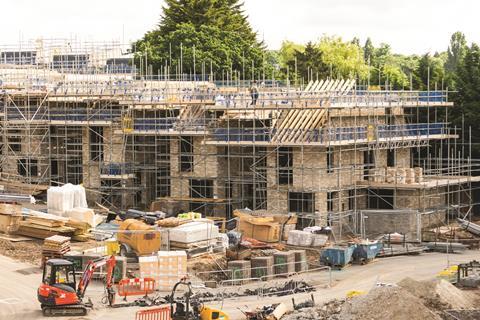Editor: Having read all 332 pages of the Levelling Up White Paper, I am surprised at how little detail is given to planning reforms.

Michael Gove says planning will become a “tool for levelling up across England” and we should expect more detail in the spring. But it’s clear that the most radical reforms from the 2020 white paper have been stripped out to placate backbenchers.
Of the reforms that remain, I’ve identified three good and three bad proposals. First, the good:
1. Improving the data that underpins plans. This commits the government to bringing planning into the 21st century using digital technologies. This could include algorithms to determine smaller-scale or householder applications, or for local plan allocations, free from political influence and so better able to meet local and national policy.
2. A new infrastructure levy model. Most people would agree that our dual system of CIL and S106 agreements is not fit for purpose. There are many different views on which land value capture model should be introduced, ranging from something similar to CIL to more radical proposals, including a new tax.
3. Improve engagement in planning decisions. As previous planning reform announcements hinted, there remains a need to properly engage with the ‘silent majority’ in the local community.
Meanwhile, the three bad proposals are:
1. Genuinely affordable housing is at the root of each of the paper’s 12 priorities, but specifics on delivering it are overlooked – there are inherent problems with the strategic planning system, and the balance of greenfield and brownfield land.
2. Oversimplification. Lack of engagement is an issue, but simpler, shorter local plans are not the answer. Yes, they may help, but if their scope and content is reduced, will they lead to effective engagement? A balance is needed between simplifying a local plan and providing enough detail to meaningfully engage with local communities.
3. Too much emphasis is given to maintaining the green belt, at the expense of housing affordability, delivering 300,000 homes a year and meeting ESG targets – which will not happen without the release of green belt land.
Lawrence Turner, associate director, Boyer






























No comments yet